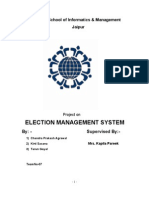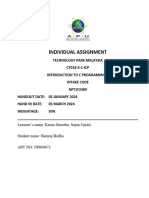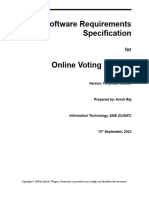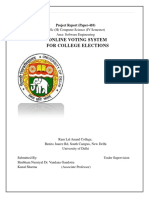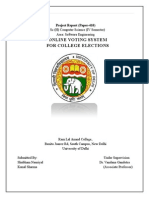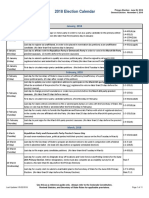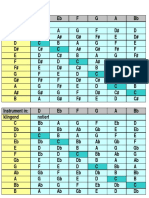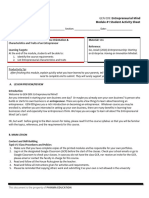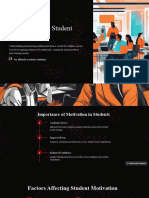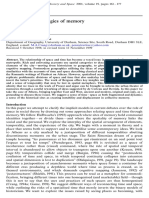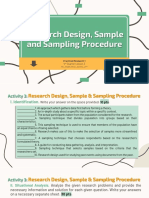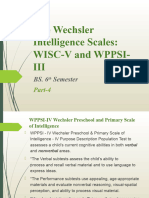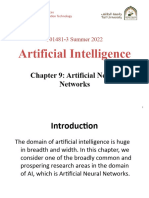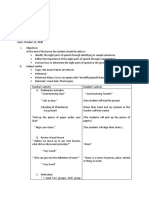0% found this document useful (0 votes)
126 views26 pagesElection Process Analysis with Software Tools
The document discusses using process analysis techniques to identify vulnerabilities in election processes. The authors model an election process and related agents using LittleJIL. Security properties are specified using PROPEL and analyzed using FLAVERS to identify where properties fail. The process and properties can then be iteratively improved to increase resistance to fraud. The approach demonstrates how software process analysis can be applied to election processes.
Uploaded by
StevenCopyright
© © All Rights Reserved
We take content rights seriously. If you suspect this is your content, claim it here.
Available Formats
Download as PDF, TXT or read online on Scribd
0% found this document useful (0 votes)
126 views26 pagesElection Process Analysis with Software Tools
The document discusses using process analysis techniques to identify vulnerabilities in election processes. The authors model an election process and related agents using LittleJIL. Security properties are specified using PROPEL and analyzed using FLAVERS to identify where properties fail. The process and properties can then be iteratively improved to increase resistance to fraud. The approach demonstrates how software process analysis can be applied to election processes.
Uploaded by
StevenCopyright
© © All Rights Reserved
We take content rights seriously. If you suspect this is your content, claim it here.
Available Formats
Download as PDF, TXT or read online on Scribd
/ 26
